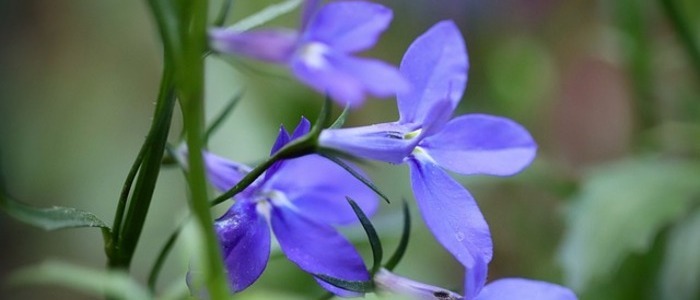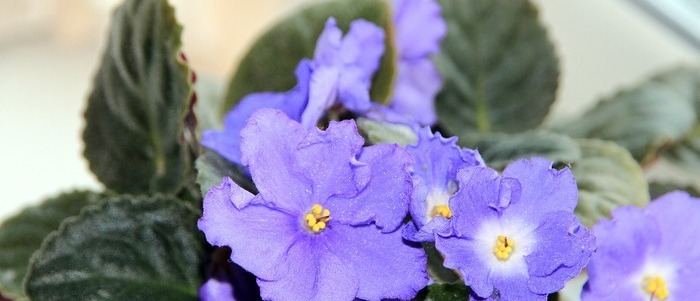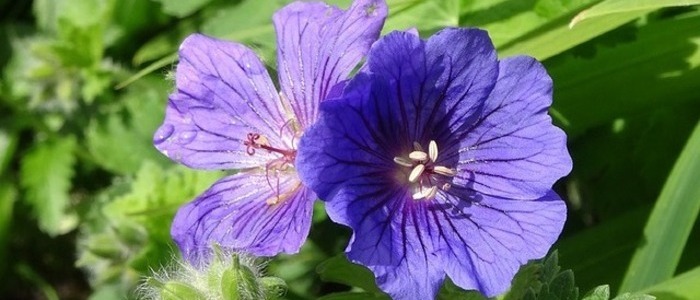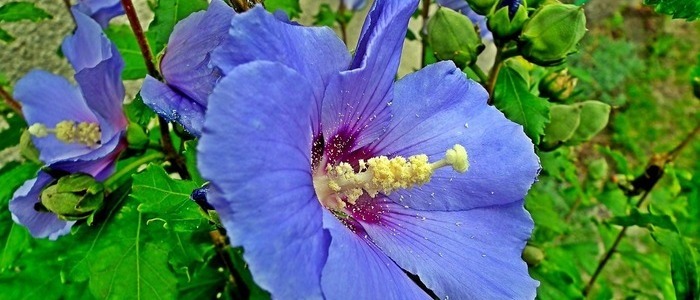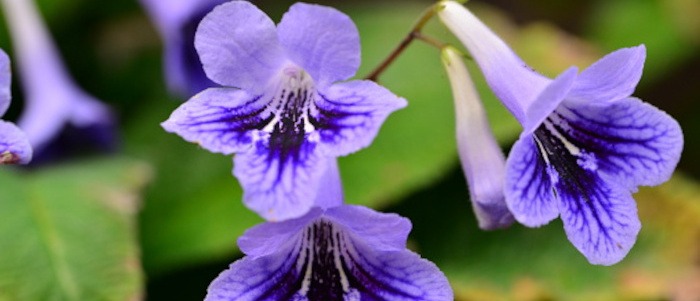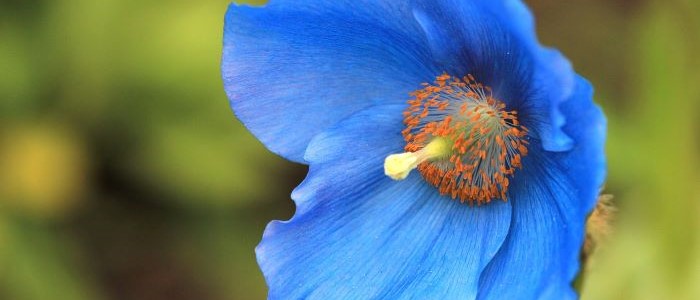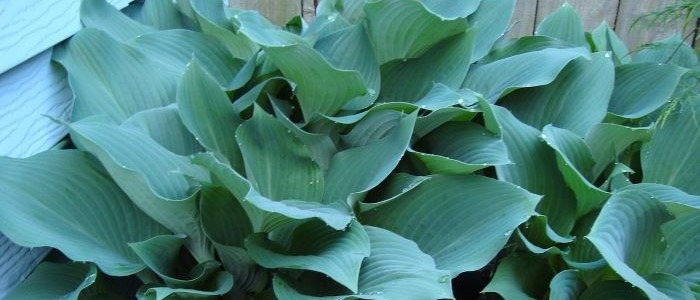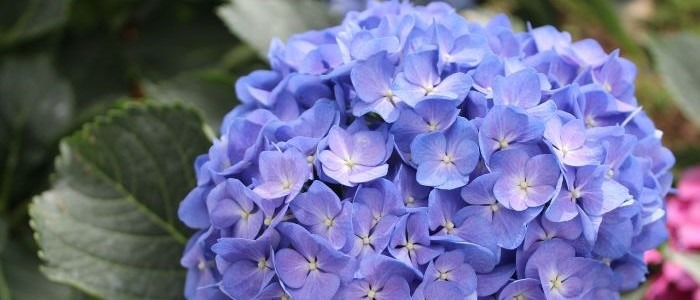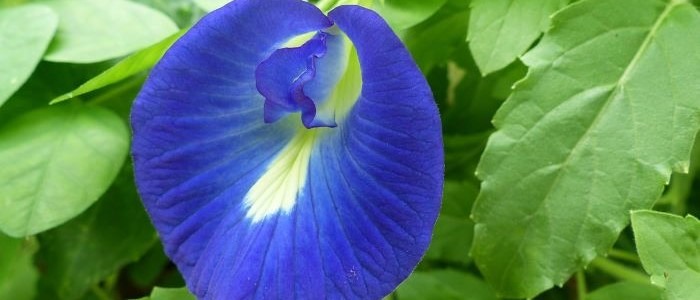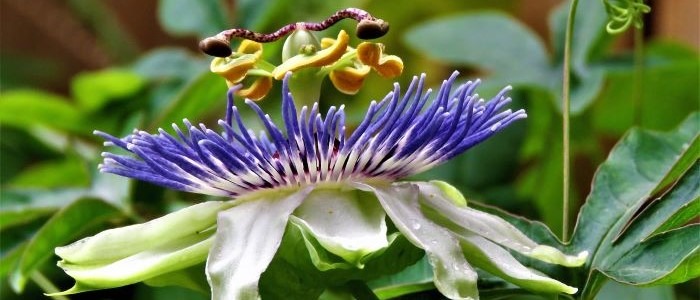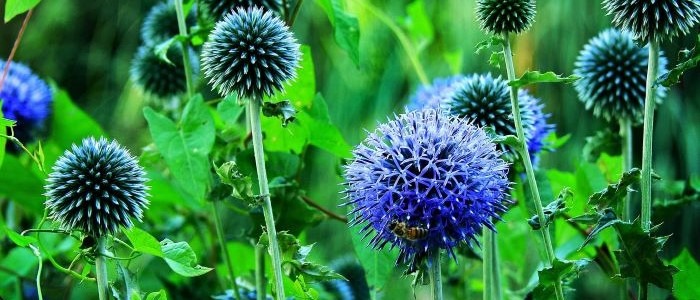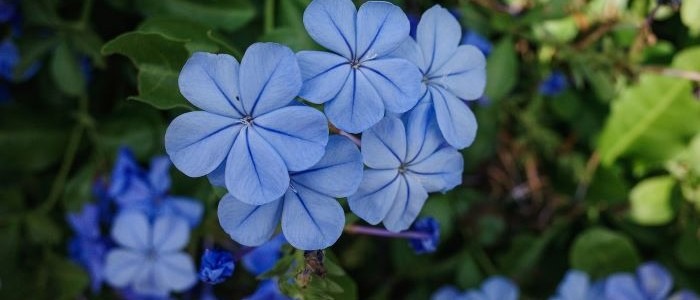Are you looking to enhance your home décor with a bluish hue? Well, the blue-green foliage of the blue pearl sedum plant is the perfect choice. This well-liked compact succulent is a wonderful addition to your indoor gardens and containers.
Pearl Sedums are easy to care for and can thrive in a variety of lighting conditions. Plus, their unique color adds a pop of interest to any space. Consider adding a blue pearl sedum plant to your collection today!

Blue Pearl Sedum Frequently Asked Questions
What soil conditions do sedums like?
Sedums prefer well-draining soil that is not too rich in nutrients. In fact, too much fertilizer can actually harm sedums and cause them to become leggy and floppy. A sandy or gravelly soil with a slightly acidic to neutral pH is ideal for sedums. They also appreciate good air circulation around their roots, so avoid planting them in areas with heavy clay soil or standing water.
How do you make the blue pearl sedum bushy?
One way to make sedum bushy is by pruning it regularly. This will encourage the plant to produce more side shoots, resulting in a fuller appearance. Another method is to provide the plant with proper sunlight and soil conditions. Sedum thrives in well-draining soil and full sun to partial shade. If the plant is not receiving enough sunlight, it may become leggy and sparse.
Blue Pearl Sedum Plant
The blue pearl sedum plant is relatively easy to care for providing it with well-draining soil and ensuring it receives adequate sunlight. In addition, it is important to avoid overwatering the plant, as this can lead to root rot. To prevent this, allow the soil to dry out slightly between waterings. Pruning the plant can also help promote healthy growth and prevent it from becoming too leggy.
Simply pinch back the tips of the stems to encourage branching and a fuller appearance. Remember to follow these tips to keep your blue pearl sedum healthy and thriving. You can enjoy its unique blue-green foliage and delicate pink flowers for years to come by providing it with the right conditions and care.
Blue Pearl Sedum Plant Propagation
Propagating the blue pearl sedum plant is a simple process that can be done in a few easy steps. The main methods of propagating this plant are stem cuttings, division, or planting seeds. If you are using cuttings first, identify a healthy stem on the plant that you would like to propagate.
Next, use a sharp, clean pair of scissors or pruning shears to cut the stem at a 45-degree angle, making sure to include at least one or two sets of leaves.
Once you have your cutting, remove any leaves from the bottom inch or so of the stem to create a bare section that will be inserted into the soil. Finally, dip the cut end of the stem into rooting hormone and plant it in a well-draining pot. Aside from stem cuttings, the blue pearl sedum can also be propagated through division. Division involves separating a mature plant into smaller sections, each with its own roots and stems. This method is best done in the spring or fall when the plant is not actively growing.
Thirdly, to propagate through seeds, collect the small black seeds that form after the plant blooms and plant them in a well-draining pot or directly into the garden soil. Keep the soil moist and warm until the seeds germinate and grow into mature plants.
How to Prune the Blue Pearl Sedum Plant
Pruning the blue pearl sedum plant is important to maintaining its health and appearance. When pruning, using sharp, clean tools is important to avoid damaging the plant or spreading disease. Begin by removing any dead or diseased branches, cutting them back to healthy growth. Next, trim back any branches that are crossing or rubbing against each other, as this can cause damage and inhibit growth.
Finally, consider shaping the plant by trimming back any branches that are growing too long or out of proportion with the rest of the plant. With proper pruning, your blue pearl sedum plant will thrive and continue to add beauty to your garden or landscape.
Common Problems in the Blue Pearl Sedum Plant
The first thing you should know when growing Blue Pearl Sedum Plants is that they are prone to a few common problems. Some of the problems found in blue pearl sedum plants are root rot, leaf spot, powdery mildew, and aphids. Root rot occurs when the soil is too moist this can be prevented by ensuring proper drainage. Leaf spot is a fungal disease that causes black spots on the leaves and can be treated with a fungicide. Powdery mildew occurs in humid conditions and can be prevented by providing good air circulation.
Aphids are small insects that feed on the sap of the plant and can be controlled with insecticidal soap. By being aware of these common problems and taking preventative measures, you can ensure a healthy Plant. With these simple steps, you can ensure that your Blue Pearl Sedum Plants thrive and add a stunning touch to your garden or indoor space.
Conclusion
In conclusion, although the Blue Pearl Sedum Plant is a popular ornamental plant, the growth habits of this succulent vary widely. It is relatively easy to care for, drought tolerant and adds a unique texture and color to any garden or indoor space.
The Blue Pearl Sedum’s attractive small, pearl shape leaves create a beautiful contrast when paired with other plants. Overall, the blue pearl sedum plant is a versatile low-maintenance choice for any plant lover.
Other Blue House Plants
